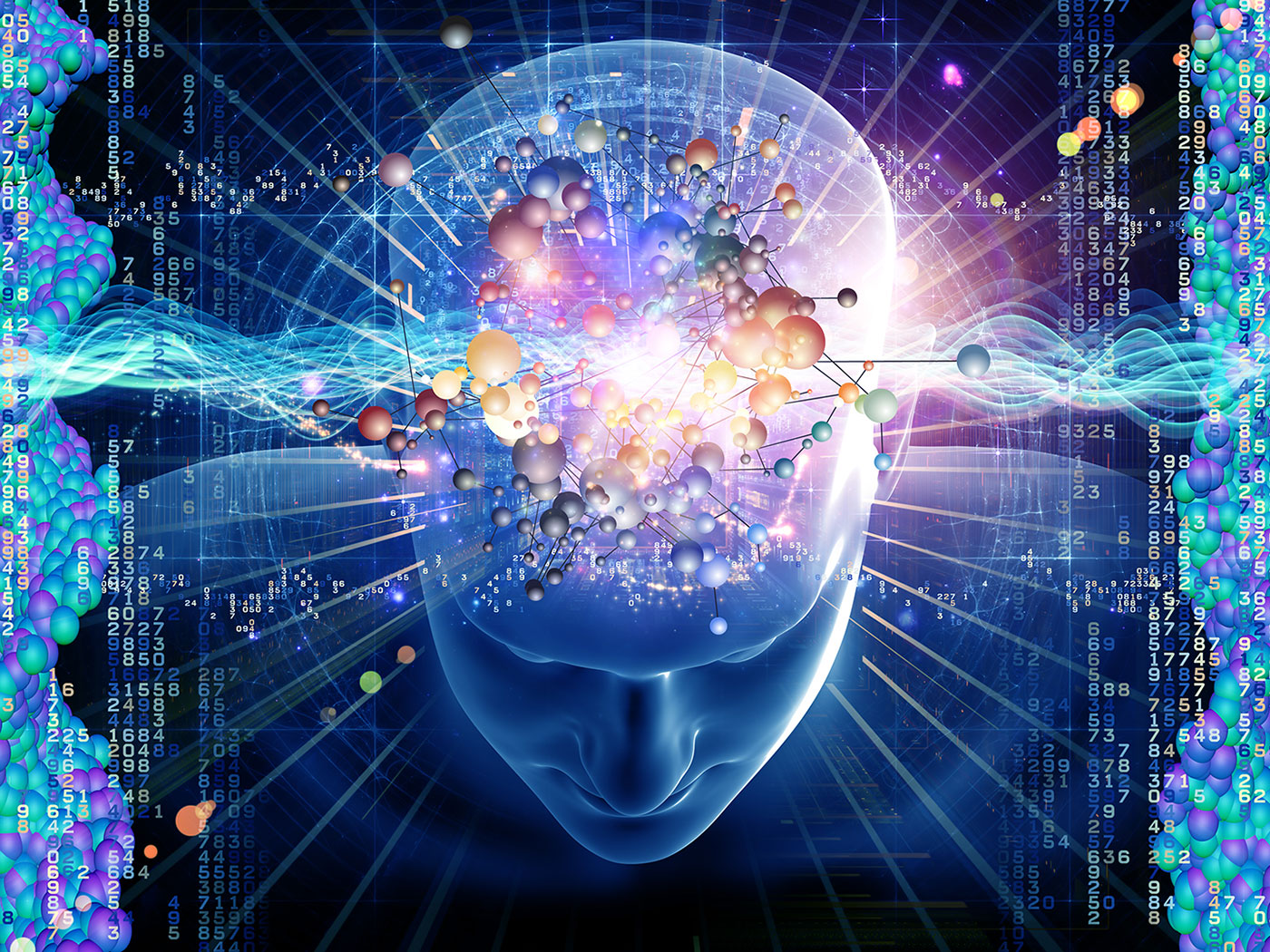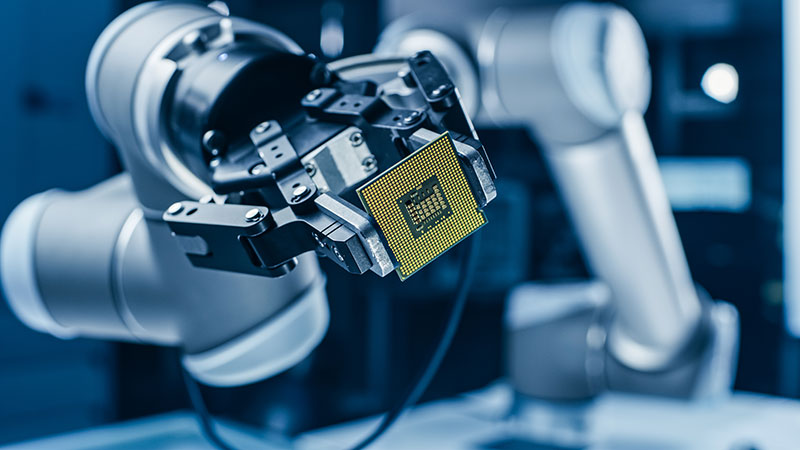
An intelligent matter: positioning AI in IP
In this day and age, is it possible to go to an Intellectual Property (IP) conference or trade show and not be bombarded with the buzzword "artificial intelligence (AI)?" Is it possible to talk about modern IP management and its future without discussing AI? Why are we starting to feel so oversaturated with the topic of AI?
In looking at the presentations, products and companies at popular IP trade shows and conferences as well as the latest blog posts of IP service providers, one might think to be part of an IP world that has embraced and implemented AI wholeheartedly and without complication.
Attitudes toward AI proliferation
In this context, two recurring issues emerge. One concerns the expectations of what AI can actually do and will do in the future. The other relates to the divergent, sometimes subjective definitions of what AI is. We, the providers of this technology, are not always entirely blameless in this confusion. Statements that an "AI thinks like an IP professional" or that an "AI can understand millions of patent texts" are misleading or simply wrong.
Tune in for a recorded panel discussion on how AI will shape the future of IP management.
From these different presumptions and baselines of common understanding, three broad schools of thought develop.
While one group is afraid of AI fully automating jobs performed by humans, a second standpoint looks forward to an AI-driven future. Those adhering to the latter opinion look to AI-based applications less as a threat than assistance in conducting their professions' painful and tedious parts. Finally, there is a last group not caring at all, thinking that AI does not significantly impact their professional or private lives.
Based on our long experience – now more than 10 years – in applying AI technologies to IP data, we would like to use this article to lay the foundations of a new shared awareness of AI. We have also added specific panel discussions and webinars, which will take a closer look at the expectations we can place on AI.
The nature and disciplines of AI
Referring to one of the pioneer scholars of AI, John McCarthy, AI is the science and engineering of making intelligent machines. This concept is very far-reaching and covers a large set of algorithms ranging from simple rule-based processes and static ontologies to the latest neural networks and deep learning models. Unfortunately, in practice, this definition leads to many technologies being referred to as AI when the user rather understands them as machine learning.

"Machine learning is a more concrete and focused field of study that aims at giving computers the ability to learn without being explicitly programmed," Arthur Samuel, 1959. For example, a machine-learning algorithm to detect cats in pictures does not contain thousands of explicit rules to describe the characteristics of cats. Instead, it just needs a mathematical model of the learning process and labeled training data, i.e., many pictures of cats and other animals. Based on these two elements, the machine will extract and learn the characteristics of a cat by itself.
One of the most popular and research-intensive subfields of machine learning is deep learning. Inspired by the human brain, deep learning is a set of algorithms in machine learning that attempts to learn in multiple levels, corresponding to various levels of abstraction (Deng & Yu 2014). In most cases, when people talk about neural networks, they are actually talking about deep-learning-based neural networks with many hidden layers.
In simplified terms, AI is the overarching field. Machine learning is a subset of AI, and deep learning, which has become the most popular research domain, is again a subset of machine learning and is the narrowest of the three concepts.
Recent developments in AI and machine learning
John McCarthy very elegantly summarized the current state of the art: "As soon as it works, no one calls it AI anymore." Some examples? Think about the spam folder of your email account or your recommendations while shopping online or using Google Maps. These applications are already well established, meaning a lot of AI technology is already integrated into our daily life. On reflection, this statement also emphasizes that AI cannot solve everything today; moreover, it is still questionable whether AI will reach the same level of intelligence as humans in the long run.
So, what does all this information mean for the use of AI in IP? Is AI in IP maybe overpromised and oversold? We will answer all these questions in our panel discussion.
Filed in

What are the three pillars of IP innovation, and how can C-suite members maximize the value of assets that are, by definition, less than concrete?



